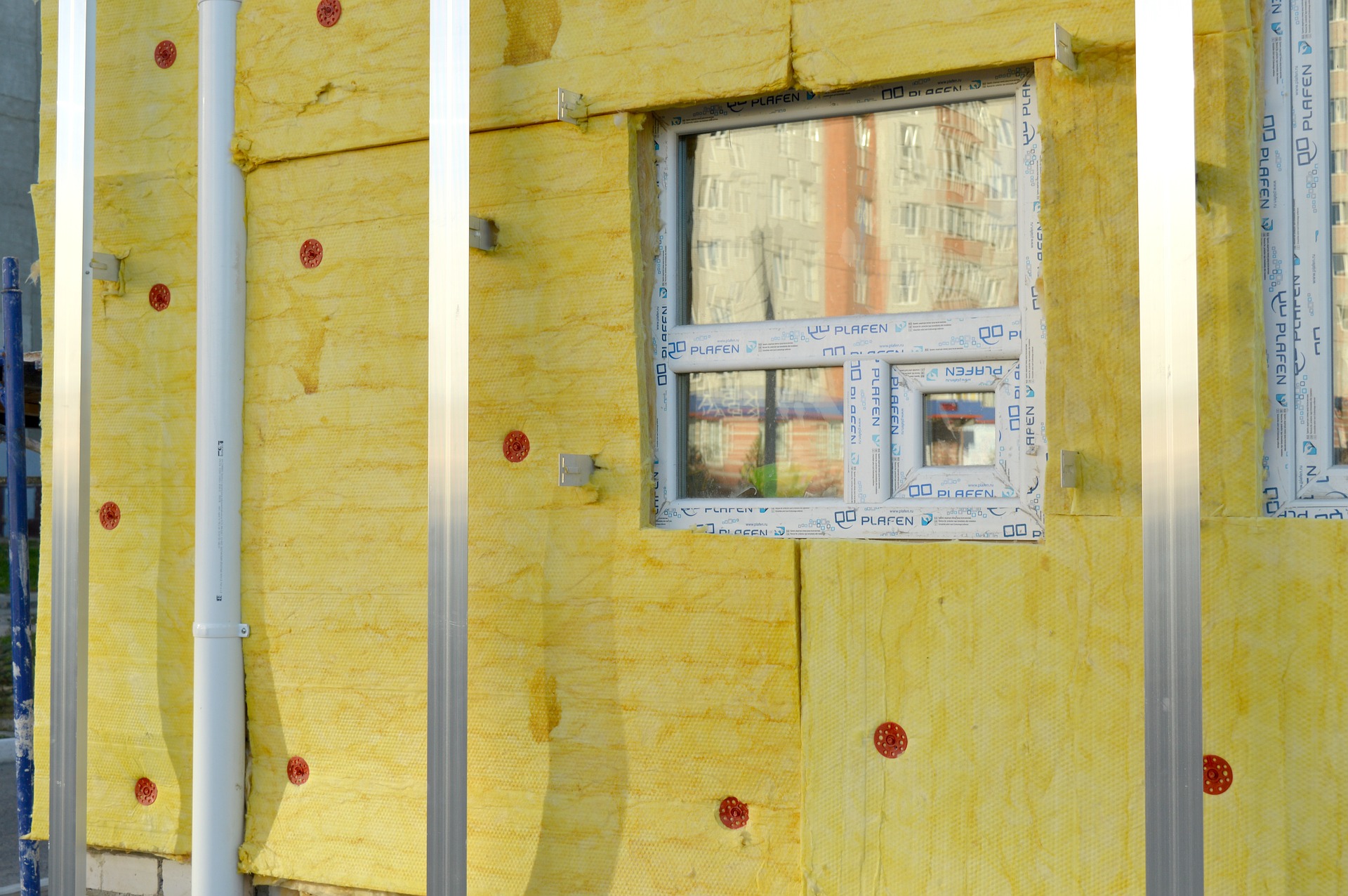
Insulation is one of the most important factors when it comes to living in a healthy home. It’s not only about having a warmer home in the winters and a cooler one in summer, but it’s also about lowering the energy bill, preventing mold growth, and keeping unwanted noise out. Knowing everything about the house helps a lot, from knowing the SHGC rating for the windows to what types of materials to use for insulation.
What does insulation do?
Simply put, it helps keep outdoor air from getting inside and conditioned indoor air from escaping. This is achieved by trapping pockets of air and slowing down the in/out process. During winter, heat flows from all heated living spaces to adjacent unheated ones, while in the summer heat flows from outside to the inside. Understanding this principle is the key to properly insulating your home.
Insulation Rating
Measuring the resistance the material has to heat is how insulation is rated, and this is most commonly referred to as the R-value. The higher it is the more effective the insulation is. When installing insulation it’s important to know just how to install it, because improper installation can lead to a lower R-rating. If you’re insure on how to install it yourself, it’s a good idea to hire a professional.
Signs of poor insulation
Besides mold growth and high energy bills, uneven heating and ineffective heating are the first signs of improper insulation. When you start noticing cold floors and walls in the winter, and hot air inside the summer, then your insulation has been improperly installed.
Different types of insulation
Depending on what and where you’re insulating, there are different types of insulation available.
- Fiberglass – what most people think when they think about insulation. It has a decent R-rating 3.0 – 3.7 per inch, and is readily available at most home improvement centers, and quite easy to install.
- Mineral Fibre – like fiberglass, it’s easy to use and available. It’s a sturdier material with a lower R-rating, offers better fire resistance and sound-proofing, but should be installed by a professional.
- Cellulose – a loose-fil material, it’s mostly used in attics as it’s denser than mineral fiber and fiberglass. Difficult to install, it’s recommended to be installed by a professional.
- Rigid Foam – it comes in either expanded polystyrene (EPS) or extruded polystyrene (XPS) and is mostly used in the shell of your home, and to line exterior basement walls and to insulate below the basement slab. XPS has a higher R-rating of 4.5 – 5.0 per inch, and can be installed in wet areas, and it can act as a vapor barrier.
- Spray Foam – there two main types – low density open cell polyurethane and a higher density closed cell polyurethane. Closed cell is more popular for attics and exterior walls, as it creates a more airtight home and prevents mold. Both are highly recommended to be installed by a professional.
Without proper insulation it will become a chore to constantly making sure everything is properly heated or properly cooled. But with the way the insulation business is progressing, proper insulation is becoming a staple in modern day life, because many people all across the world have recognized its importance.